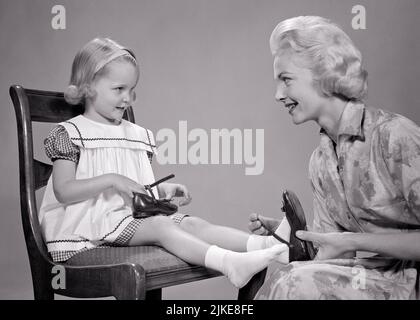Teaching Children Horse Care and Responsibility

Teaching children how to care for horses is a valuable way to instill responsibility, empathy, and practical skills. This article explores the key aspects of horse care education for children, offering guidance on how to make the learning process safe, enjoyable, and effective.
Why Teach Children Horse Care?

- Responsibility: Caring for a horse requires daily attention and commitment, helping children develop a strong sense of responsibility.
- Empathy and Compassion: Understanding the needs of a living creature fosters empathy.
- Physical Activity: Horse care involves physical tasks that promote fitness and coordination.
- Confidence Building: Successfully managing horse care tasks boosts self-esteem.
Essential Horse Care Topics for Children
| Topic | Description | Age Appropriateness |
|---|---|---|
| Grooming | Brushing, cleaning hooves, and checking for injuries | 5+ years |
| Feeding | Understanding diet, feeding schedules, and safe foods | 6+ years |
| Stable Maintenance | Cleaning stalls, managing bedding, and safety checks | 7+ years |
| Basic Health Checks | Recognizing signs of illness or discomfort | 8+ years |
| Handling and Safety | Leading, tying, and safe interaction with horses | 5+ years |
Steps to Teach Horse Care to Children
- Start with Safety: Teach children about horse behavior and safety rules to prevent accidents.
- Demonstrate Tasks: Show how to groom, feed, and care for the horse step-by-step.
- Supervised Practice: Allow children to perform tasks under adult supervision.
- Encourage Questions: Foster curiosity and learning by answering questions.
- Create a Routine: Establish a consistent schedule for horse care activities.
Benefits of Teaching Horse Care
- Develops a strong work ethic.
- Enhances problem-solving skills.
- Encourages patience and perseverance.
- Builds a lifelong bond with animals.
Frequently Asked Questions (FAQ)
Q1: At what age can children start learning horse care?
A1: Children as young as 5 can begin with simple tasks like grooming and safe handling.
Q2: How can I ensure my child’s safety around horses?
A2: Always supervise interactions, teach safety rules, and use appropriate protective gear.
Q3: What if my child is afraid of horses?
A3: Start with gentle exposure, build trust gradually, and never force interaction.
Q4: How often should children participate in horse care?
A4: Regular daily or weekly involvement helps build routine and responsibility.
Teaching children horse care is more than just about animals; it’s about nurturing life skills that will benefit them throughout their lives. With patience and guidance, children can learn to care for horses safely and responsibly, gaining confidence and compassion along the way.
